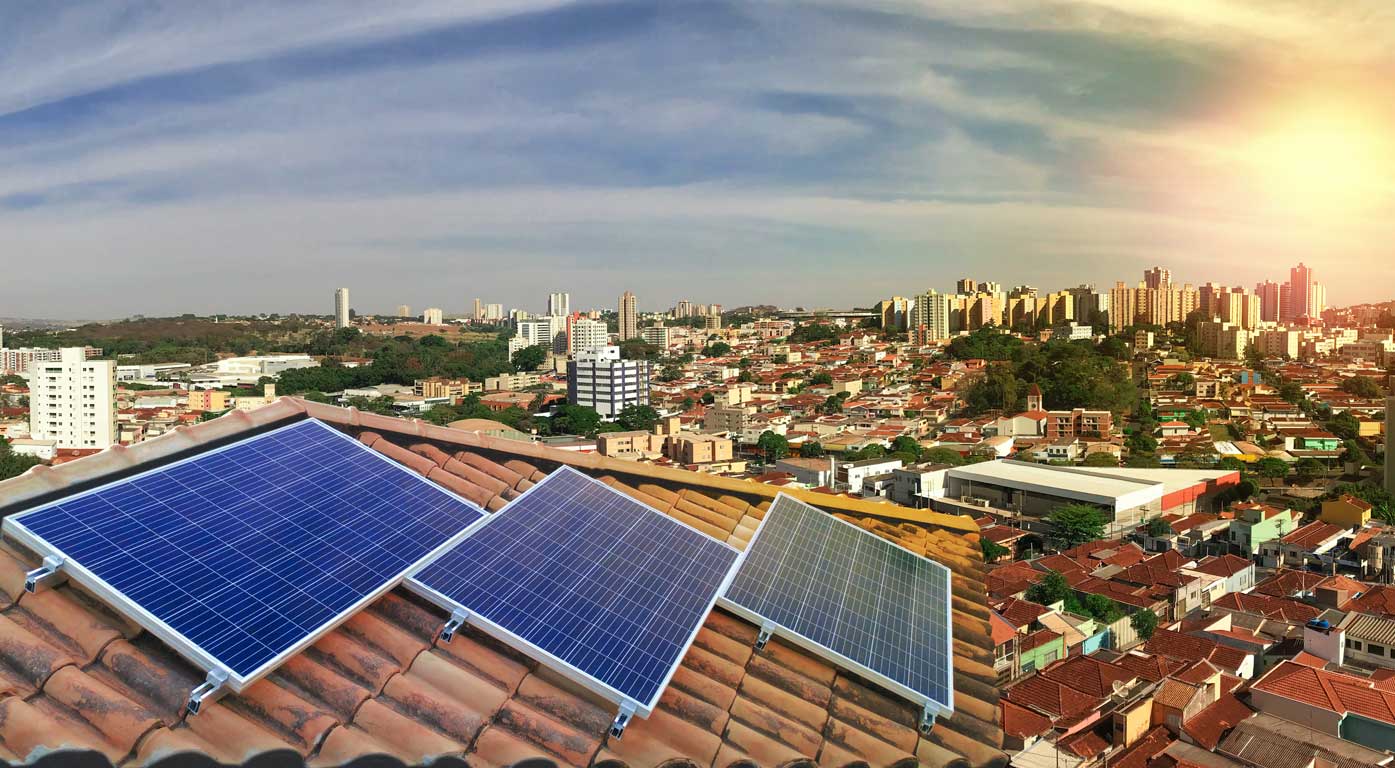Summary
The Dynamic Limits DER Feasibility Study will explore implementing dynamic distributed energy resources (DER) export limits to better manage voltage and thermal constraints on the electricity network.
The study will examine existing approaches to managing network capacity constraints, investigate the general technical feasibility of implementing a dynamic DER control scheme, and undertake a site-specific analysis, examining implementation on feeders experiencing constraints.
How the project works
Currently there is a limit to the amount of renewable energy resources that Australia’s network can host. In an attempt to prevent capacity limits from being exceeded, static data and other basic measures (such as zero export limits) are used in calculations. This project will look at whether using dynamic data (or actual data) can increase the DER capacity limits on the NSW distribution network. This would be known as the Dynamics Limit Control Scheme.
Learn more
Area of innovation
The Dynamic Limits DER Feasibility Study will first collect and validate the requirements of various stakeholders in implementing such a scheme (predominantly Distribution Network Service Providers, but potentially other stakeholders) and assess the technical feasibility of implementing these requirements on selected sites on the NSW distribution network. These considerations extend to scaling issues, data reliability and confidence, data retention, latency, customisation of network data formats for different end-users (subscribers, including network customers participating in these schemes), cyber security, management of subscriber authorisation. The study will detail, cost and plan an implementation of the scheme at larger scale on selected feeders in NSW.
Benefit
Using static limits helps prevent capacity thresholds from being exceeded. However, it does not create a platform where the amount of renewable energy inputs can be maximised before capital investment is needed to augment the network capacity. In turn, this perpetuates low total annual network capacity utilisation, while artificially restricting the amount of renewable energy connected to network. The use of a control scheme implementing dynamic limits is expected to reduce network constraints, increase overall network utilisation and alleviate the need for network capital investment.








